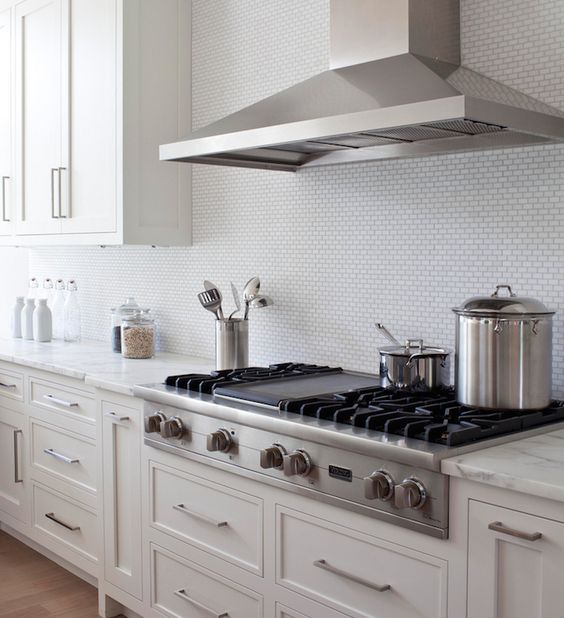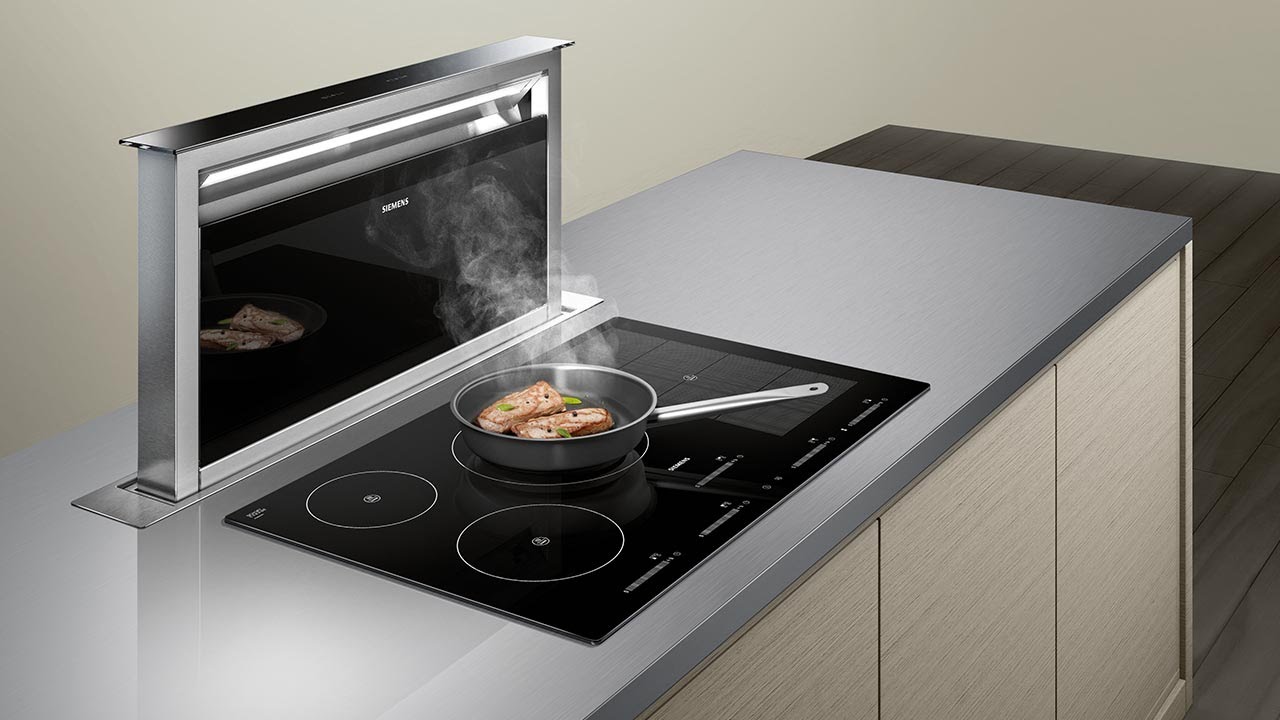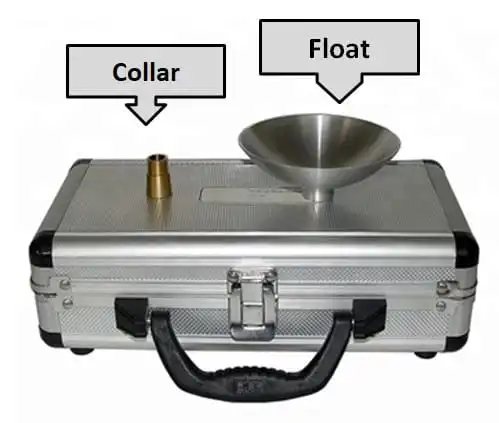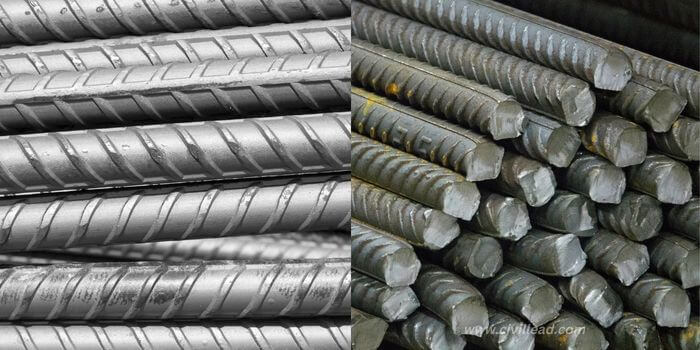A kitchen chimney, also known as a range hood or exhaust hood, is an essential appliance that helps keep the kitchen clean and smoke-free while cooking. There are several types of chimneys available on the market, each with its unique features and benefits. In this article, we will explore the different types of chimneys for kitchens, along with their respective pros and cons, to help you make an informed decision for your kitchen.
1. Wall-Mounted Chimneys:

Pros:
- Wall-mounted chimneys are easy to install and are suitable for kitchens with limited cabinet space.
- They come in various sizes and designs, offering options to match your kitchen decor.
- These chimneys effectively remove smoke, odors, and heat from the cooking area.
Cons:
- Wall-mounted chimneys may occupy wall space, limiting kitchen design options.
- In open kitchens, the sight of a wall-mounted chimney may affect aesthetics.
2. Island Chimneys:
Pros:
- Island chimneys are ideal for kitchens with cooking islands or counter spaces away from the walls.
- They add a stylish and modern look to the kitchen and can be a focal point of the design.
- Island chimneys provide excellent ventilation for island cooktops.
Cons:
- Island chimneys require proper positioning and structural support, which can add to the installation cost.
- They may have higher noise levels compared to other types of chimneys.
3. Built-In Chimneys:

Pros:
- Built-in chimneys are concealed within the kitchen cabinetry, providing a seamless and integrated look.
- They are space-saving and do not obstruct the visual flow of the kitchen.
- Built-in chimneys offer efficient ventilation and are easy to clean.
Cons:
- Installation of built-in chimneys may involve modification of cabinetry, which can add to the cost.
- The capacity of built-in chimneys may be slightly lower than other types.
4. Corner Chimneys:

Pros:
- Corner chimneys are designed to fit in the corner of the kitchen, optimizing space utilization.
- They provide effective ventilation without obstructing the main cooking area.
- Corner chimneys can be an aesthetically pleasing addition to the kitchen design.
Cons:
- The positioning of corner chimneys should be carefully planned for maximum efficiency.
- The size and capacity of corner chimneys may be limited compared to other types.
5. Downdraft Chimneys:

Pros:
- Downdraft chimneys are an excellent choice for kitchens where traditional chimneys are not feasible.
- They are installed behind the cooktop and can be raised when needed and lowered when not in use.
- Downdraft chimneys are ideal for open-concept kitchens, where a visible chimney may disrupt the flow.
Cons:
- Downdraft chimneys may have lower suction power compared to other types of chimneys.
- They may require additional space below the cooktop for installation.
Conclusion:
Selecting the right type of chimney for your kitchen depends on factors such as kitchen layout, available space, and personal preferences. Each type of chimney has its advantages and disadvantages, and understanding them can help you choose the most suitable option for your cooking needs and kitchen design.
============================================
Price Considerations for Kitchen Chimneys
The price of kitchen chimneys can vary depending on various factors, including the type of chimney, brand, size, features, and installation costs. Here are some price considerations to keep in mind when shopping for a kitchen chimney:
- Type of Chimney: Different types of chimneys, such as wall-mounted, island, built-in, corner, and downdraft chimneys, come at different price points. Island and built-in chimneys, for example, tend to be more expensive due to their design and installation requirements.
- Brand and Quality: The price of kitchen chimneys can also be influenced by the brand and quality of the product. Established and reputable brands may have higher price tags, but they often come with better performance and durability.
- Size and Suction Power: The size of the chimney and its suction power play a crucial role in determining the price. Chimneys with higher suction power and larger coverage area may be priced higher than smaller models.
- Material and Finish: The material and finish of the chimney can also impact the price. Stainless steel chimneys, for instance, may be more expensive than chimneys made of other materials.
- Features and Technology: Advanced features and technology, such as touch controls, auto-clean function, and LED lighting, can add to the cost of the chimney.
- Installation Costs: The cost of installation should also be factored into the overall price. Professional installation ensures proper functioning and performance of the chimney.
- Warranty and Service: Some kitchen chimneys come with extended warranties and comprehensive after-sales service, which may be reflected in the price.
- Discounts and Offers: Keep an eye out for discounts, offers, and seasonal sales, as they can help you get a better deal on the chimney.
- Additional Accessories: Some kitchen chimneys may come with additional accessories, such as ducting kits and carbon filters, which can affect the overall price.
- Budget Considerations: Set a budget for your kitchen chimney purchase and look for options within your budget that meet your requirements.
It’s essential to strike a balance between price and quality when choosing a kitchen chimney. While opting for a more affordable option may save money upfront, investing in a high-quality chimney can offer better performance and longevity in the long run.
Before making a purchase, compare prices from different brands and retailers, read customer reviews, and consider the specific features and requirements that suit your kitchen needs. Remember that a kitchen chimney is a long-term investment in the overall functionality and cleanliness of your kitchen.
============================================
Commercial vs. Domestic Kitchen Chimneys: Understanding the Differences
Kitchen chimneys are essential appliances that play a vital role in keeping the kitchen clean and free from smoke, odors, and grease while cooking. When choosing a kitchen chimney, it’s crucial to consider whether you need a commercial or domestic model, as they are designed to cater to different settings and cooking requirements. Let’s explore the differences between commercial and domestic kitchen chimneys:

1. Size and Suction Power:
Commercial Chimneys: Commercial kitchens typically handle higher volumes of cooking and require chimneys with larger sizes and higher suction power. Commercial chimneys are designed to efficiently remove heavy smoke and fumes generated by industrial-grade cooking equipment.
Domestic Chimneys: Domestic chimneys are smaller in size and have lower suction power compared to commercial chimneys. They are suitable for regular household cooking and are designed to handle moderate smoke and odors.
2. Cooking Volume:
Commercial Chimneys: Commercial chimneys are used in restaurants, hotels, catering services, and other large-scale food establishments where cooking is done on a large scale throughout the day.
Domestic Chimneys: Domestic chimneys are installed in home kitchens, where cooking volumes are relatively lower and intermittent.
3. Design and Aesthetics:
Commercial Chimneys: Commercial chimneys prioritize functionality over aesthetics. They are often simple and utilitarian in design to withstand heavy usage and frequent cleaning.
Domestic Chimneys: Domestic chimneys are designed with aesthetics in mind, offering various designs and finishes to complement the kitchen decor.
4. Noise Levels:
Commercial Chimneys: Commercial chimneys may have higher noise levels due to their larger size and higher suction power.
Domestic Chimneys: Domestic chimneys are designed to operate quietly, providing a more peaceful cooking environment in the home.
5. Cleaning and Maintenance:
Commercial Chimneys: Commercial chimneys require regular and thorough cleaning due to the heavy cooking load in commercial kitchens.
Domestic Chimneys: Domestic chimneys have easier cleaning and maintenance requirements, suitable for household usage.
6. Cost:
Commercial Chimneys: Commercial chimneys are generally more expensive due to their larger size, higher suction power, and heavy-duty construction.
Domestic Chimneys: Domestic chimneys are more affordable, catering to the budget of homeowners.
Conclusion:
The choice between a commercial and domestic kitchen chimney depends on the specific cooking requirements and setting. Commercial chimneys are designed for heavy-duty usage in large-scale commercial kitchens, while domestic chimneys are tailored for regular household cooking. Understanding the differences between these two types of chimneys will help you select the one that best suits your cooking needs and fits within your kitchen space and budget.
============================================
Frequently Asked Questions (FAQs) about Kitchen Chimneys
General Questions
Q: What is a kitchen chimney, and how does it work?
A: A kitchen chimney, also known as a range hood or exhaust hood, is an appliance installed above the cooktop to remove smoke, fumes, odors, and grease generated during cooking. It works by drawing in the air, filtering it through grease traps and filters, and then expelling the purified air outside or recirculating it back into the kitchen.
Q: What are the different types of kitchen chimneys available?
A: There are various types of kitchen chimneys, including wall-mounted, island, built-in, corner, and downdraft chimneys. Each type is designed to cater to different kitchen layouts and cooking requirements.
Q: Can a kitchen chimney replace the need for a kitchen window?
A: While a kitchen chimney helps in removing smoke and odors, it cannot entirely replace the need for a kitchen window. Kitchen windows provide natural ventilation and light, which is essential for a healthy and well-lit cooking space.
Installation and Maintenance
Q: Can I install a kitchen chimney myself?
A: It is recommended to have a professional technician install the kitchen chimney to ensure proper and safe installation. Incorrect installation may lead to reduced efficiency and safety hazards.
Q: How often should I clean the chimney filters?
A: For domestic chimneys, cleaning the filters once a month is generally sufficient. For commercial chimneys, more frequent cleaning may be necessary, depending on the cooking volume.
Q: What is the auto-clean function in a kitchen chimney?
A: The auto-clean function is a feature available in some modern kitchen chimneys that automatically cleans the chimney’s filters and removes accumulated grease and dirt.
Performance and Noise
Q: How does the suction power of a chimney affect its performance?
A: The suction power of a chimney determines its ability to efficiently remove smoke and fumes from the cooking area. Higher suction power is ideal for larger kitchens and heavy cooking.
Q: Are kitchen chimneys noisy during operation?
A: The noise level of a kitchen chimney can vary depending on the model and brand. However, most modern chimneys are designed to operate quietly, providing a comfortable cooking environment.
Q: Can a kitchen chimney handle frying and heavy cooking?
A: Yes, kitchen chimneys are designed to handle frying and heavy cooking. They effectively remove smoke and grease generated during high-temperature cooking.
Cleaning and Maintenance
Q: How do I clean the grease tray of the kitchen chimney?
A: The grease tray of a kitchen chimney can be easily removed and cleaned with warm soapy water. Regular cleaning prevents overflow and maintains the chimney’s efficiency.
Q: How often should I schedule maintenance checks for the kitchen chimney?
A: It is advisable to schedule maintenance checks by a professional technician at least once every six months to ensure optimal performance and address any potential issues.
Q: Can I use abrasive cleaning agents on the kitchen chimney?
A: No, abrasive cleaning agents should be avoided as they can damage the surfaces of the chimney. Use non-abrasive and gentle cleaning agents for effective cleaning.
============================================







